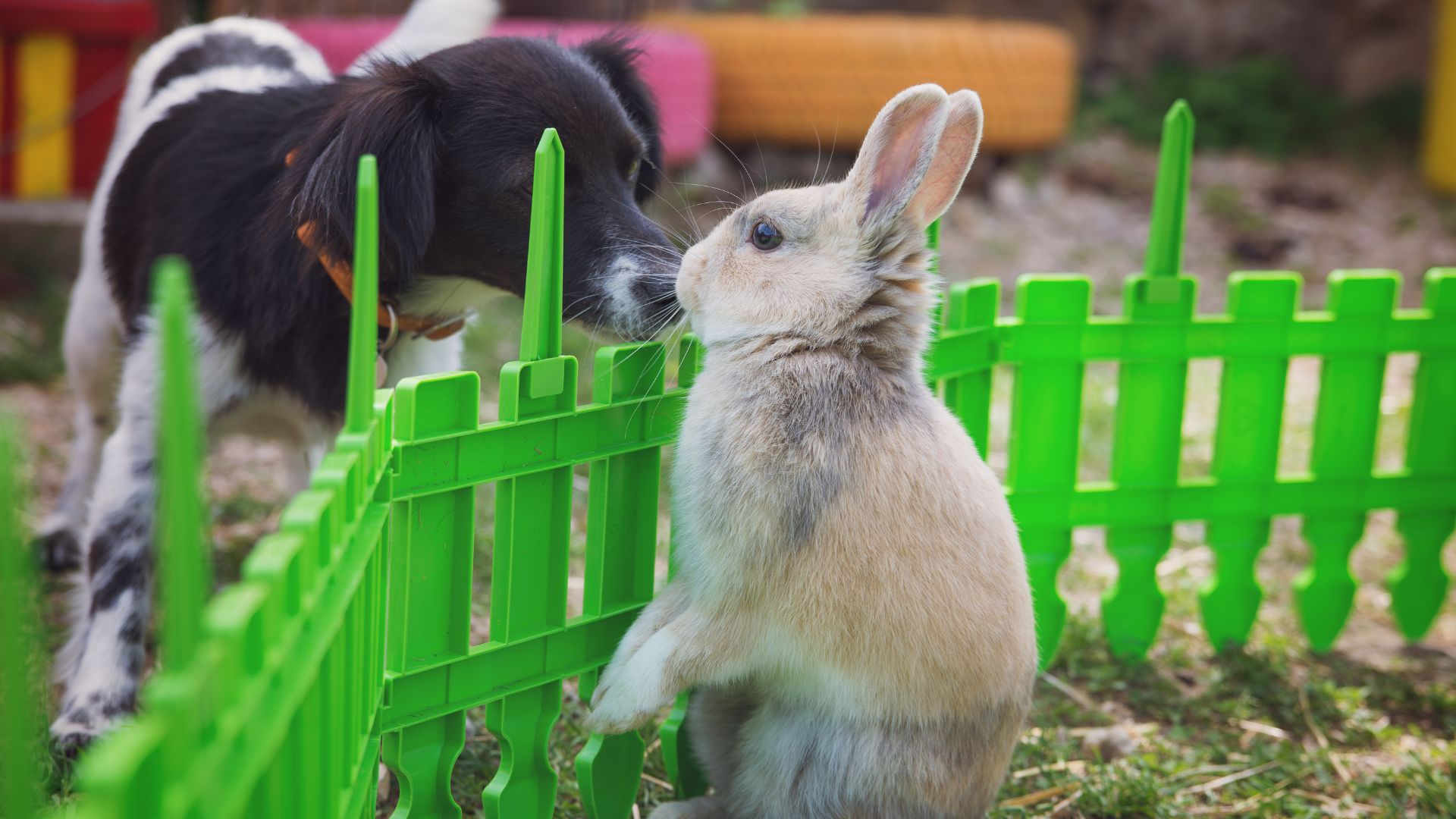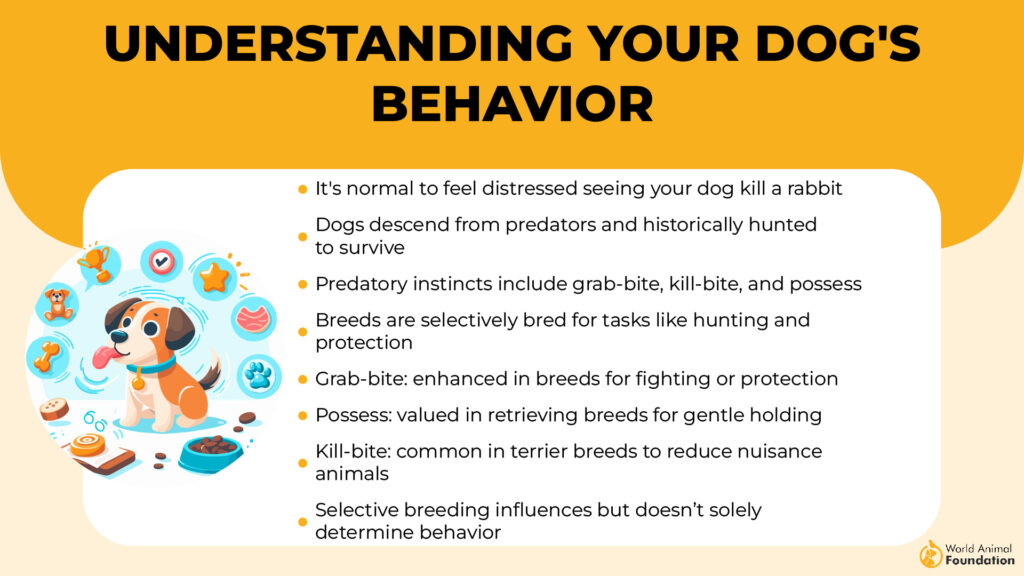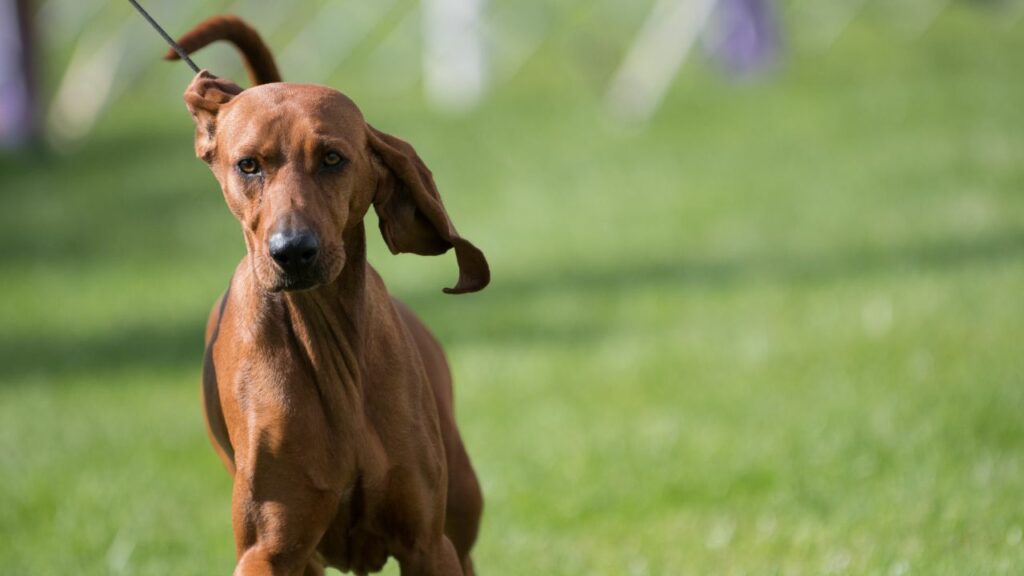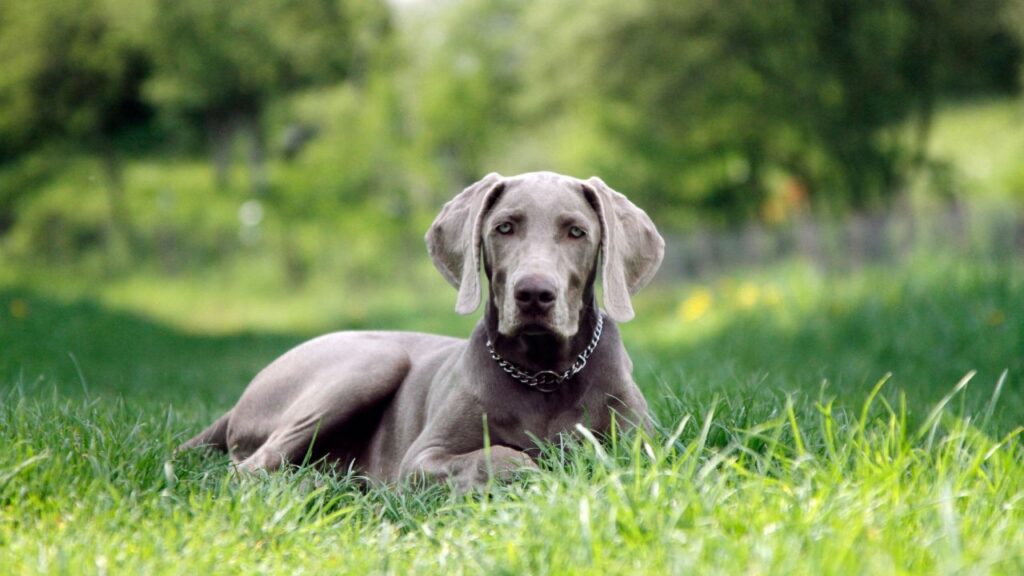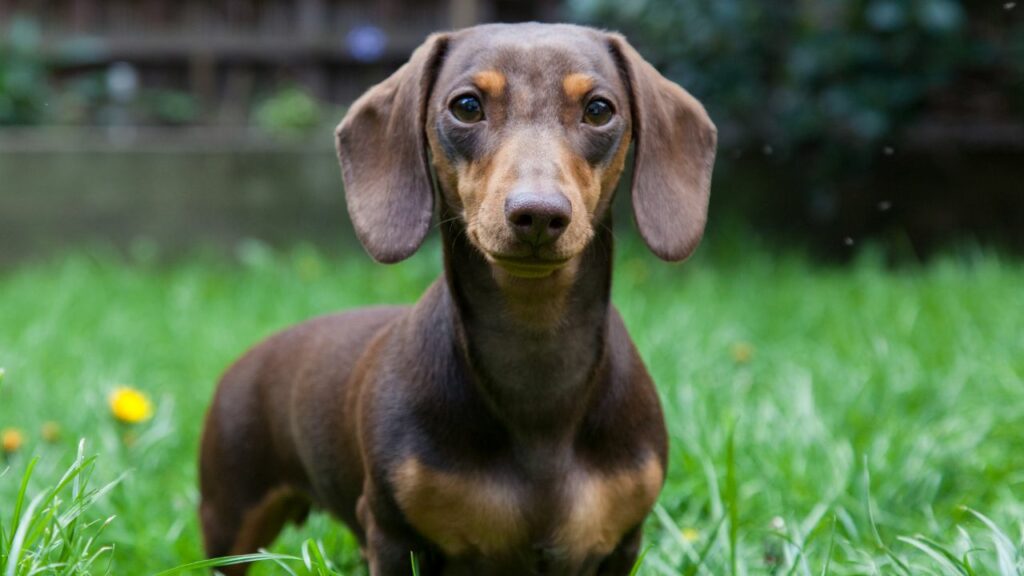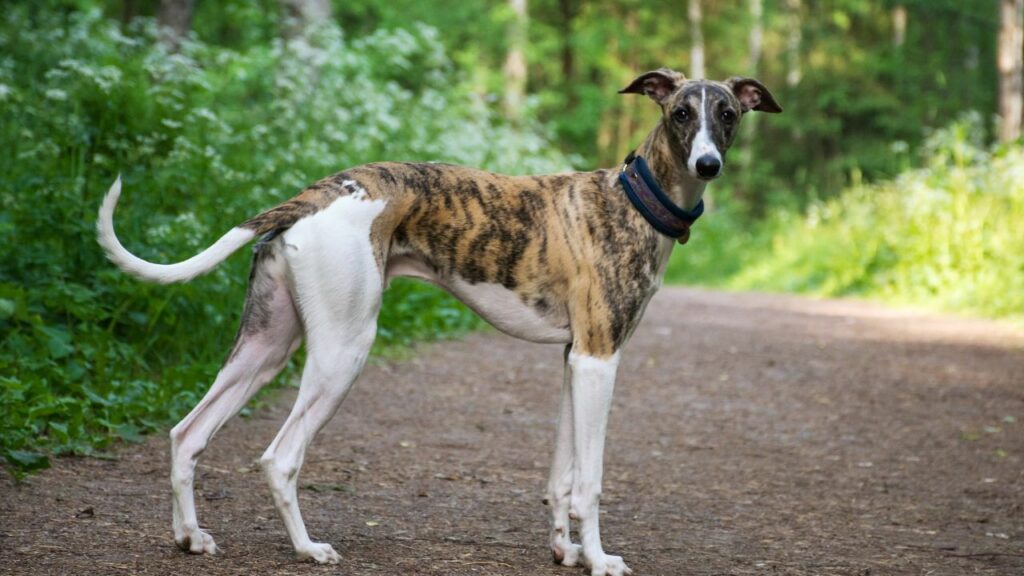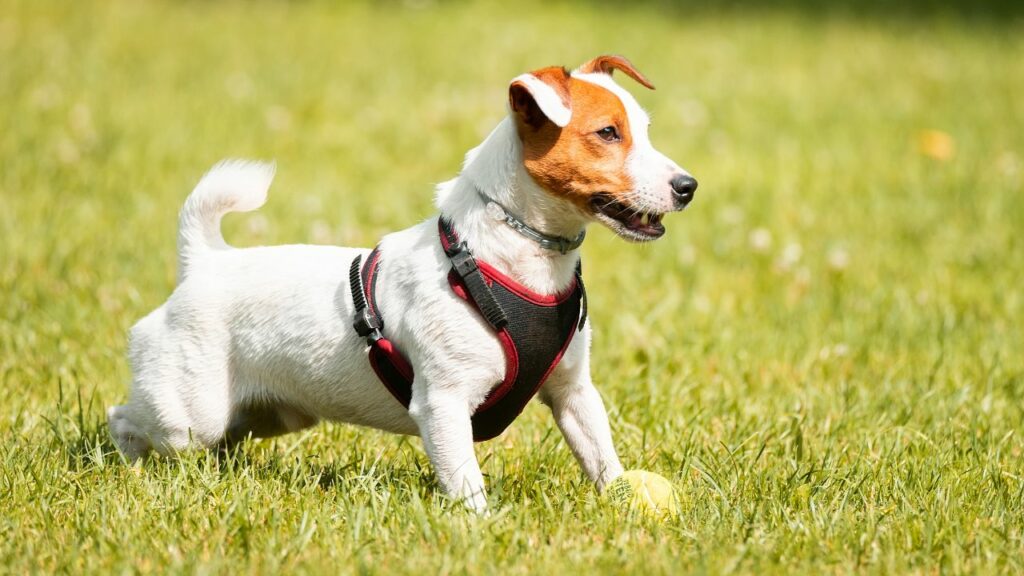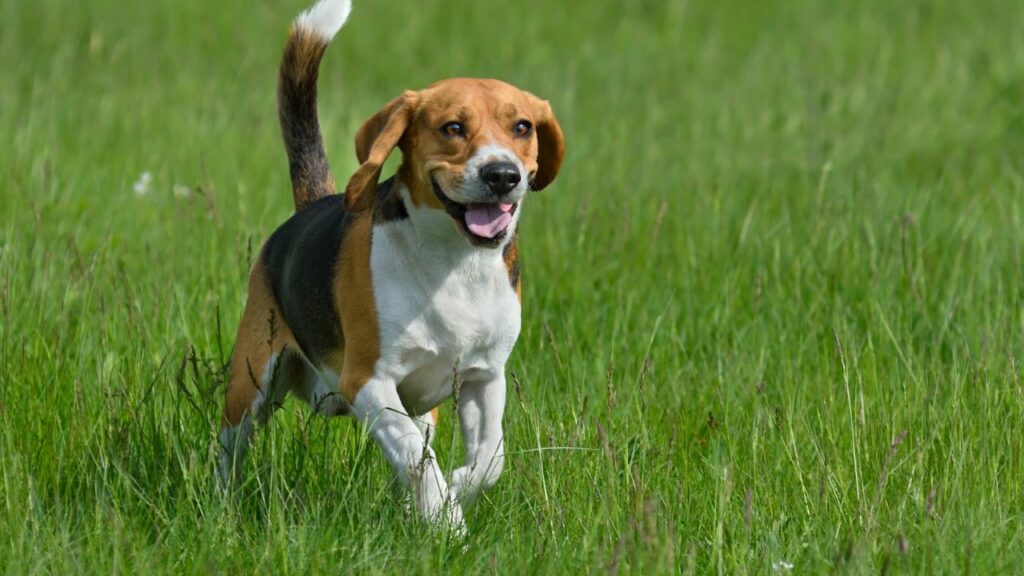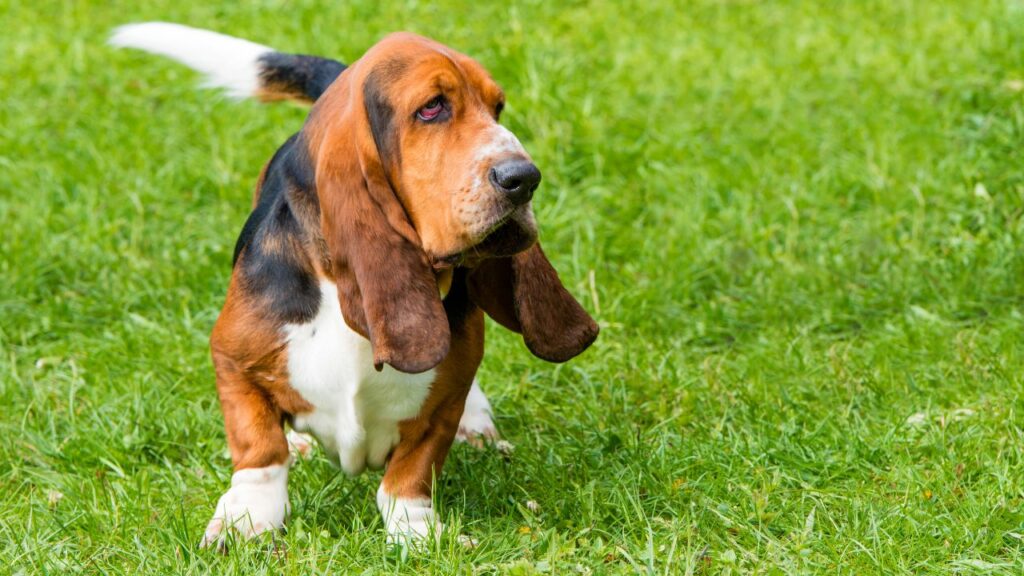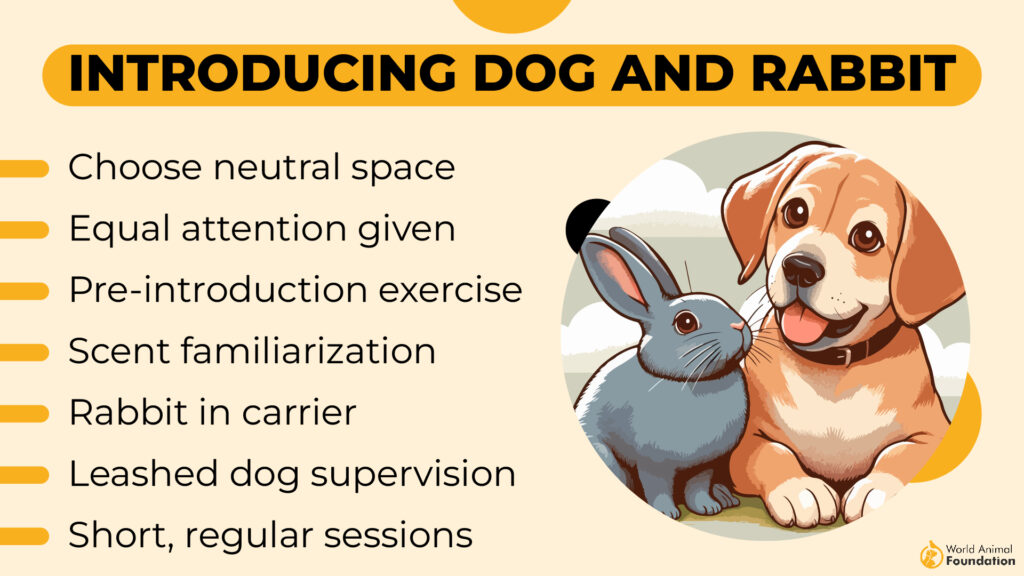Rabbit owners beware! Certain dog breeds possess an incredibly strong prey drive, making them a potential danger to your fluffy companion. While any dog could chase a rabbit, some breeds are practically hardwired to hunt. This article explores seven dog breeds statistically more likely to injure or kill rabbits, highlighting the instincts driving this behavior. Understanding these predispositions is crucial for responsible pet ownership, particularly for those balancing the joys of both dogs and bunnies under one roof. Learn which breeds require extra caution and how to manage their instincts to ensure the safety of all your pets.
Imagine you’re out hiking with your dog, and they run ahead as usual. Suddenly, you see them trotting back towards you with something in their mouth – a rabbit. This scenario can be quite distressing.
Our beloved dogs, despite being cherished pets, still have instincts from their wild ancestors. It’s natural for a dog to kill a rabbit due to their innate ‘prey drive,’ a strong desire to catch animals. This instinct varies among breeds; some have a higher prey drive and are more likely to chase and catch small animals.
While training can help manage this behavior, it’s essential for pet owners to be vigilant and avoid situations where their dogs might be tempted. Effective training focuses on making the owner more controlling, ensuring the dog doesn’t give chase.
With this understanding, let’s explore seven dog breeds that are particularly prone to hunting and killing rabbits.
Dog Breeds that Kill Rabbits
1. Redbone Coonhound
Redbone Coonhounds were developed in the United States to hunt raccoons and larger North American prey like deer, bear, and cougar. These versatile and tenacious hunting dogs have strong scenting abilities, sharp eyesight, and impressive speed.
A word of caution: Redbones are known to hunt and kill cats and rabbits, even if raised with them. They, like other hound breeds, produce a distinct baying sound when hunting and some may bark, bay, or howl even when not hunting or playing. However, with dedication, you can train your Redbone to be quiet when asked.
According to Be Chewy, Redbones love being with their people. While they can be independent thinkers and are often led by their noses, they are not loners. Crate training can help prevent unwanted behaviors such as chewing and howling when they get bored. These red dogs aim to please but can get easily distracted by scents due to their powerful noses.
Redbones have been described as impulsive, unpredictable, independent, and fast—all traits that stem from their hunting instincts. It’s crucial to keep your Redbone on a leash when out and about. Starting their training as puppies and ensuring they get plenty of exercise will help manage their hunting behaviors and keep them well-behaved.
2. Weimaraner
The Weimaraner, bred in the early 19th century, was initially used by royal families to hunt large game like bears, deer, and boar. As hunting large game became less popular, these dogs were then used to hunt rabbits, foxes, and fowl.
The Weimaraner’s strong hunting instincts and prey drive make them likely to chase or injure small animals such as cats, rabbits, and small dogs. However, with proper socialization from an early age, they can get along well with other dogs. Without this socialization, they might display dominant or aggressive behaviors.
Despite their serious appearance, Weimaraners are incredibly playful and make great companions in homes with children. According to WebMD, they are moderately open to strangers, quick to bark, and vigilant, making them good watchdogs.
Weimaraners are highly adaptable and easily adjust to their owners’ lifestyles. Due to their high energy levels, they require regular walks and activities to keep them busy. They are eager to please, making them easy to train. You can teach them to stop barking on command and follow other instructions, making them well-behaved members of the family.
3. Dachshund
The Dachshund, a cross between terriers and hounds, was developed in Germany. Bred to scent, chase, and flush out badgers and other burrow-dwelling animals, the miniature Dachshund specifically targeted smaller prey like rabbits. Despite their small size, these lively and intelligent “sausage pups” have a keen sense of smell and remarkable energy.
@papakenyon20
Mini dachshund caught his first rabbit.
♬ Sneaky Friends – Eitan Epstein Music
Dachshunds might appear timid due to their size, but they are fierce hunters. Their excellent tracking skills, combined with their long, narrow bodies and short legs, make them adept at digging burrows and chasing animals in tunnels. While many Dachshunds now live as cherished family pets, most still possess a strong prey drive and the instinct to stalk and pursue other animals.
According to Orvis, Dachshunds are determined and courageous, with intelligent, expressive eyes. They tend to bark at people walking by their homes or squirrels in the yard. Although they enjoy a game of fetch in the backyard, they aren’t suited for extended periods outdoors. Their hunting instincts may also lead them to dig holes in the yard.
If left alone for too long, these smart dogs can become bored and get into trouble. To keep them entertained, provide plenty of dog toys to hunt or puzzle toys to work on while you’re away. Crate training can also help keep them out of mischief.
4. Greyhound
Greyhounds, one of the fastest and most ancient dog breeds, have long been symbols of the aristocracy. These dogs have been hunting rabbits for over 5,000 years, using their keen sight and incredible speed to spot and catch prey. Their ability to detect motion makes them especially good at hunting swift animals like rabbits.
@twogun94
Rabbit #TwoGun94
♬ Chill Vibes – Tollan Kim
Most Greyhounds have a natural desire to hunt due to their heritage as sighthounds, but this prey drive is often stronger in retired racing Greyhounds. During races, they chase a fake lure that resembles a running rabbit, which triggers their instinct to chase and sprint. Unfortunately, some reports indicate that illegal live bait training has been used in the past.
After years of competing in coursing games, which require independent thinking, Greyhounds can be slow to follow commands. They generally get along with other dogs but might not do well with cats and other small pets unless raised with them. Despite their hunting background, Greyhounds make gentle companions for people of all ages.
Greyhounds need a fenced area where they can sprint at least once a day. This should be supplemented with at least one long and two short walks on a leash, as they should not be let off the lead in unsecured areas.
5. Jack Russell Terrier
Rev. John Russell, a parson and enthusiastic fox hunter in 19th-century England, developed a line of fox terriers to assist him in hunting. Among these were the Jack Russell Terriers.
@jessdcancio
My crazy Jacky Boy chasing a rabbit #fyp #ohno #jackrussell #crazydog #dogsoftiktok
♬ Song Oh no oh no oh no no no – Hip Hop
Despite their small size, Jack Russells have remarkable stamina and a keen sense of smell. Originally bred for hunting, their strong prey drive and excellent noses make them capable of trailing rabbits too. Their sturdy, athletic bodies mean they can easily catch and harm small animals.
Jack Russell Terriers are bold, alert, and quick. Their highly attuned senses and playful antics make them a real handful. They are known for their terrier fire and independence, which can make them difficult to control.
Jack Russells are tough to train due to their high prey drive, stubbornness, and selective hearing when on the hunt. Even the most patient trainer can find them frustrating. Early obedience classes with an instructor who understands terriers are crucial for guiding young Jack Russells towards good behavior.
Additionally, providing them with daily vigorous exercise and opportunities to chase or fetch things is essential to manage their energy and instincts.
6. Beagle
Beagles have a long history dating back to the 14th century when hare hunting was popular in England. These dogs were commonly used for hunting foxes, hares, and rabbits, often seen in packs accompanied by hunters on horseback. Although fox hunting was banned in the UK in 2005, ‘mock’ hunting still takes place, with Beagles remaining the preferred pack dogs.
Beagles are known for their affectionate nature and are great with kids, making them wonderful family pets. However, their intelligence and sharp noses also mean they have a strong prey drive and can kill rabbits. Without proper supervision or training, Beagles are likely to pursue small animals.
Beagles have an incredible sense of tracking and will follow a scent for miles. They love long walks outdoors but can quickly run off if they catch an interesting scent, not returning until they find its source. Therefore, it’s best to keep them on a lead or let them run in a secure area.
While Beagles have an amiable and gentle temperament, they can also be obstinate and stubborn. Their independent nature and “what’s in it for me” attitude can make training challenging.
7. Basset Hound
Originally bred to trail hares, rabbits, and deer, basset hounds have also been used for hunting birds, foxes, and other games. Basset Hounds were specifically bred to sniff out rabbits and other small animals that hide low to the ground in brush and thickets. They are known for being slow, deliberate hunters with deep voices and an exceptional sense of smell, second only to the Bloodhound.
Due to their strong prey drive, Basset Hounds are prone to hunting or killing rabbits. Their stubborn and persistent nature, combined with their keen noses, leads them to follow scents wherever they may go.
According to Purina, Basset Hounds are good-natured and affectionate, patient with children, and get along well with other dogs. However, their charming qualities are paired with a stubborn and strong-willed personality, making training a challenge.
Early and consistent training and socialization from puppyhood can help manage their stubbornness and ensure they grow into well-behaved adults. With the right approach, Basset Hounds can be an excellent family pet.
Introducing Dogs and Rabbits
Introducing dogs and rabbits can be a smooth process with the right steps. Follow these guidelines for a successful introduction.
Conclusion
Many dog breeds have strong hunting instincts, making them natural rabbit dog breeds. These breeds, such as the Jack Russell Terrier, Dachshund, Beagle, Greyhound, Redbone Coonhound, and Weimaraner, were bred for rabbit hunting and other game like upland birds. Their keen senses, high energy, and tenacity mean they are prone to chase rabbits and feral rabbits if given the chance.
While these dogs can kill rabbits, care should be taken, and they also make loyal family pets with the right training and socialization. Even little dogs with a strong prey drive, like Basset Hounds, need early and consistent training to curb their instinct to chase bunnies. Whether you’re looking for a bird dog or the best dog as a companion for your home, like an Australian Shepherd, understanding the specific traits of each dog breed is essential.
While certain dog breeds, like terriers and hounds, possess strong prey drives that make them statistically more likely to chase and kill rabbits, it’s crucial to remember that individual temperament and training play a significant role. No breed is inherently “bad,” and even breeds with high prey drive can coexist peacefully with small animals if properly socialized and trained from a young age. Ultimately, responsible pet ownership, including secure confinement and supervised interactions, is the key to preventing tragic encounters between dogs and rabbits. Blaming a breed overlooks the crucial role of owner responsibility.

